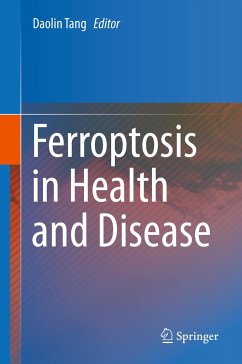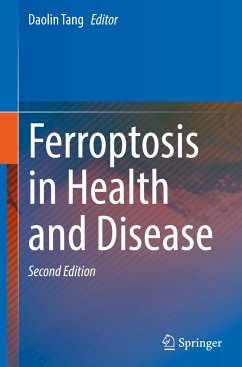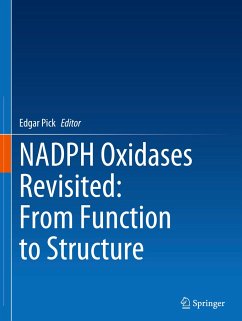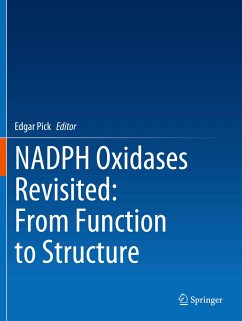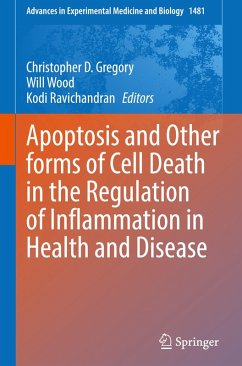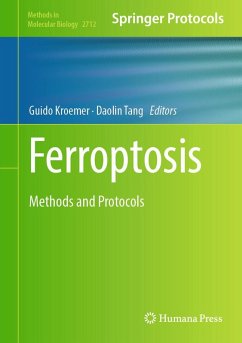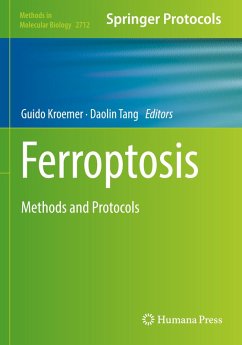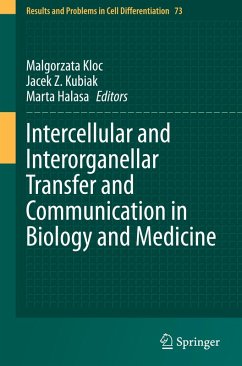
Ferroptosis in Health and Disease
Versandkostenfrei!
Versandfertig in 6-10 Tagen
174,99 €
inkl. MwSt.

PAYBACK Punkte
87 °P sammeln!
This updated and expanded volume gives new insights on ferroptosis - an iron-dependent form of non-apoptotic cell death. The collection of chapters discusses the two major pathways through which ferroptosis can occur: the extrinsic or transporter-dependent pathway and the intrinsic or enzyme-regulated pathway.Readers will gain an understanding of the multiple levels, on which this special cell death is regulated. Hence, the contributions will take a closer look at epigenetic, transcriptional, posttranscriptional and posttranslational layers. Among the described regulators and transcription fac...
This updated and expanded volume gives new insights on ferroptosis - an iron-dependent form of non-apoptotic cell death. The collection of chapters discusses the two major pathways through which ferroptosis can occur: the extrinsic or transporter-dependent pathway and the intrinsic or enzyme-regulated pathway.
Readers will gain an understanding of the multiple levels, on which this special cell death is regulated. Hence, the contributions will take a closer look at epigenetic, transcriptional, posttranscriptional and posttranslational layers. Among the described regulators and transcription factors are GPX4, ACSL4 and NFE2L2.
This edited volume collects reviews related to current knowledge on the integrated molecular machinery of ferroptosis, thereby also describing how dysregulated ferroptosis is involved in human diseases.
Readers will gain an understanding of the multiple levels, on which this special cell death is regulated. Hence, the contributions will take a closer look at epigenetic, transcriptional, posttranscriptional and posttranslational layers. Among the described regulators and transcription factors are GPX4, ACSL4 and NFE2L2.
This edited volume collects reviews related to current knowledge on the integrated molecular machinery of ferroptosis, thereby also describing how dysregulated ferroptosis is involved in human diseases.



